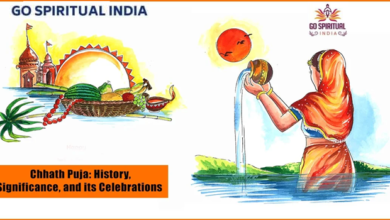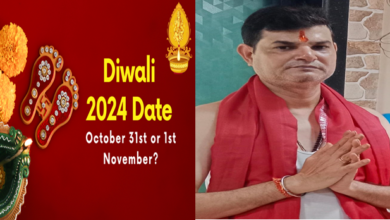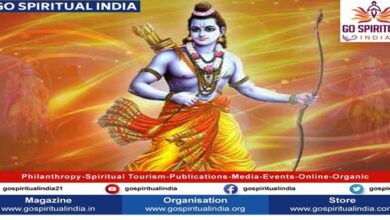
Introduction: Holi, the vibrant and exuberant festival of colors, holds a significant place in the cultural tapestry of India. Celebrated with unmatched zeal and fervor across the country, Holi transcends barriers of age, gender, and social status, uniting people in a kaleidoscope of colors and joy. Rooted in mythology, folklore, and tradition, Holi not only marks the arrival of spring but also symbolizes the victory of good over evil. Let’s delve deeper into the rich tapestry of Holi and explore the myriad facets of this captivating festival.
Historical and Mythological Significance: The origins of Holi can be traced back to ancient India, with references found in various Hindu scriptures and mythology. One of the most popular legends associated with Holi is the tale of Holika and Prahlad from the Hindu epic, the Mahabharata. According to the legend, Prahlad, a devotee of Lord Vishnu, was saved from the clutches of his demoness aunt, Holika, by divine intervention. This victory of righteousness over malevolence is celebrated as Holi, with the burning of Holika’s effigy symbolizing the triumph of good over evil.
Celebrations and Traditions: Holi is celebrated with unparalleled enthusiasm and gusto throughout India, with each region adding its unique flavors and traditions to the festivities. The celebrations typically begin on the evening of the full moon day in the Hindu month of Phalgun with Holika Dahan, where bonfires are lit to commemorate the victory of virtue. The following day is celebrated as Rangwali Holi, marked by the iconic ritual of smearing colored powders, known as gulal, and spraying colored water, amidst laughter, music, and dance.
The festival transcends religious and social boundaries, bringing people together in a spirit of camaraderie and merriment. Friends, families, and communities gather to partake in the revelry, exchanging sweets, greetings, and good wishes. It’s a time when old grievances are forgotten, and bonds are strengthened over shared laughter and joy.
Music and Dance: Music and dance are integral components of Holi celebrations, adding rhythm and vibrancy to the festivities. Traditional folk songs, known as Holi songs or “Holi ke geet,” are sung in every nook and corner, accompanied by the beats of dholak and other percussion instruments. People sway to the rhythm of these infectious melodies, their movements reflecting the jubilant spirit of the occasion. The famous “Dhamaal” dance of Gujarat, the “Lathmar Holi” of Uttar Pradesh, and the “Phagwah Parade” of Trinidad and Tobago are just a few examples of the diverse dance forms associated with Holi.
Culinary Delights: No Indian festival is complete without an array of delectable delicacies, and Holi is no exception. Sweet treats like gujiya, malpua, and thandai, a traditional cooling drink infused with nuts, spices, and cannabis (bhang), are prepared with love and shared among friends and family. These mouthwatering delights add to the gastronomic experience of Holi, tantalizing taste buds and satiating appetites.
Contemporary Relevance: In addition to its cultural and religious significance, Holi holds contemporary relevance in promoting harmony, unity, and inclusivity. It serves as a powerful reminder of the beauty of diversity and the importance of celebrating differences. In recent years, efforts have been made to make Holi more eco-friendly by encouraging the use of natural colors derived from flowers and herbs, thus promoting environmental sustainability.
Conclusion: Holi, with its riot of colors, infectious energy, and timeless traditions, is not just a festival; it’s a celebration of life itself. It embodies the spirit of joy, togetherness, and renewal, inspiring people around the world to embrace happiness and spread love. As we immerse ourselves in the vibrant hues of Holi, let us cherish the bonds of friendship, the warmth of family, and the beauty of diversity, for it is in moments like these that the true essence of Holi shines brightest.










